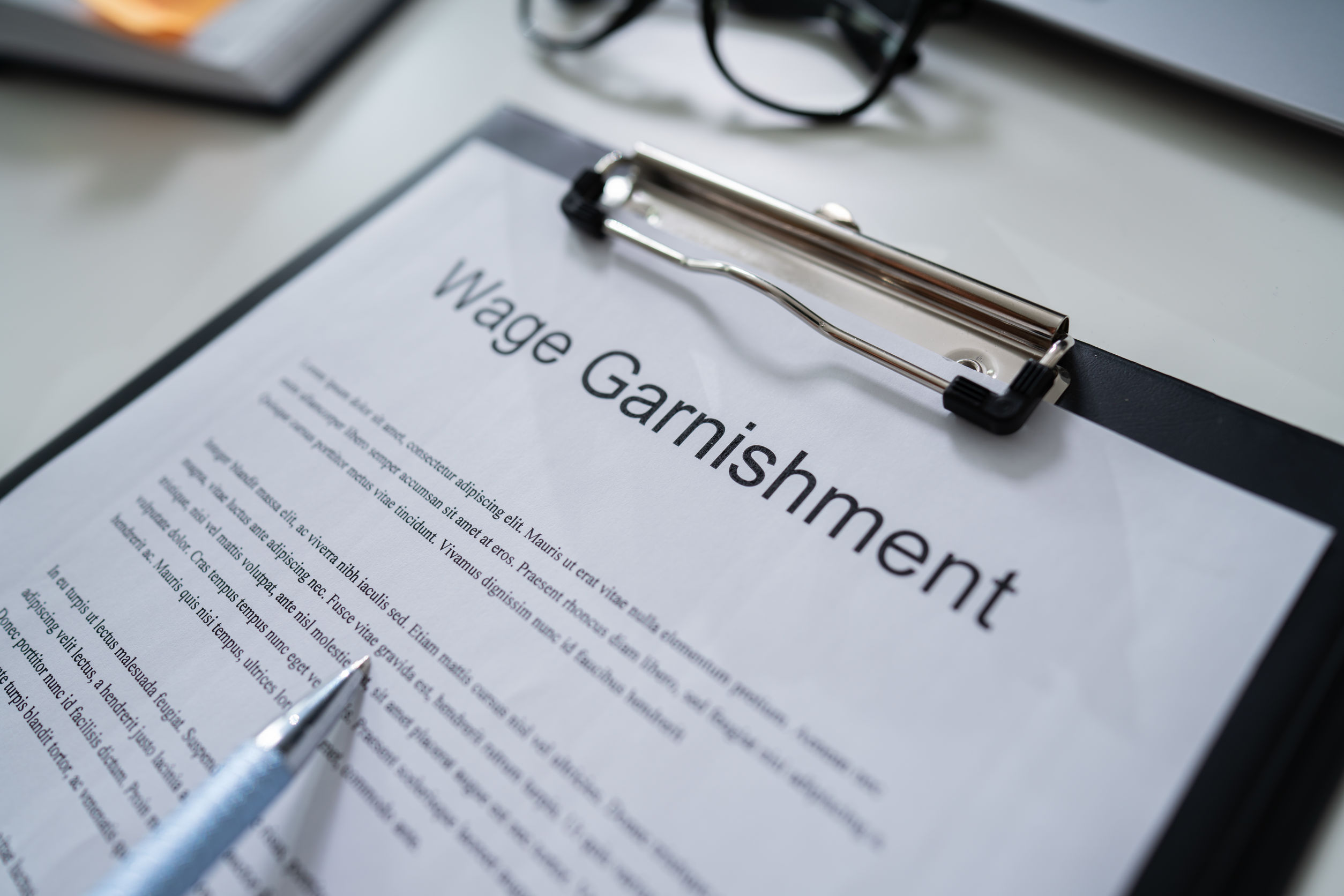Defaulting is an escalation of delinquency that carries more severe penalties. Wage and tax garnishment can be imposed up to 15%, in addition to up to 25% in collection agency fees assessed. Social Security Income (SSI) is also eligible for garnishment. Defaulting tarnishes your future loan applications, with lenders viewing you as high risk, resulting in loan denials or higher interest rates. Even during cases of bankruptcy, federal student loans are rarely discharged, and with no statute of limitations, these loans are one area of debt that remains repayable.
Rehabilitating Your Loan
As scary as that all sounds, there is still a comeback from default. Federal student loans that have defaulted are allowed a one-time loan rehabilitation. A successful rehabilitation process will involve 9 out of 10 consecutive monthly payments that are calculated from your income and family size. These payments are often negotiable to as little as $5.00 per month. Once rehabbed, the loan will be considered recovered and removed from default status, with regular repayment and postponement options soon available again.
Another option for some defaulted loans is to consolidate federal student loans into a Direct Federal Consolidation loan. With this process, after you consolidate, you’ll repay the new loan while on a select repayment plan. Or, before you consolidate, you can make three consecutive, voluntary payments in the full payment amount set by the loan servicer on the defaulted loan.
If you’ve defaulted on a federal student loan, contact your servicer to begin a loan rehabilitation.

